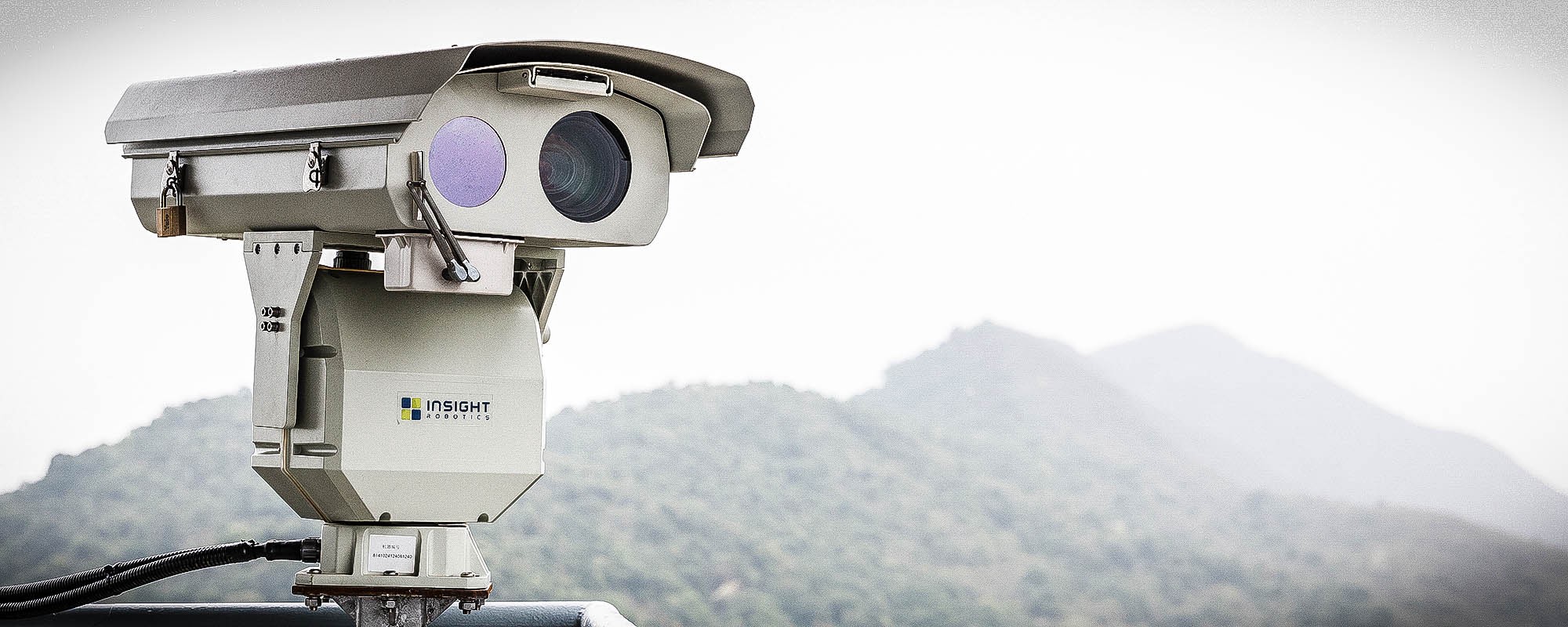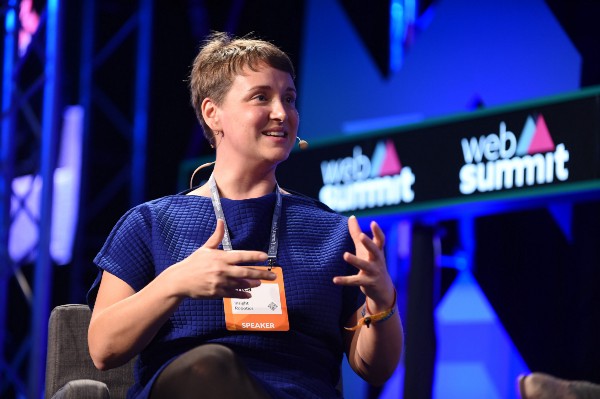

Hong Kong-based startup Insight Robotics is on a mission to revolutionize firefighting. Its solution? A robot that sits on a rooftop or watchtower and uses thermal imaging sensors and advanced, artificial intelligence vision technology to locate forest fires.
“Let us allow the robots to do the dangerous, the mundane, the repetitive, the tasks that simply aren’t within our nature, and let us humans make the higher-level decisions,” argues Erica Young, the former chief product officer at Insight Robotics. Here, Young could have been referring to any number of things. In this case, she meant the way we combat fires.
Perhaps even more specifically, she was referencing how we put out flames in those places where forestry departments or governmental organizations don’t typically have sufficient financial resources to introduce the newest technologies and the percentage of carbon emissions directly related to uncontrolled wildfires contributes significantly to climate change. In Indonesia, for example, high temperatures have kept forest fires burning for several months without relief. (The country currently relies on trained elephants to carry water pumps into smoldering areas.)
Insight Robotics’ robot is only two feet tall itself, but even without its supporting pole it weighs 110 pounds [50 kilograms]. It has two cameras: one for thermal imaging and one for visible light. The thermal imaging camera captures images at 50 frames per second, every frame of which is analyzed for heat signatures to determine whether a hot object detected is a real wildfire or just a random object in the forest.
When installed, the robot provides a 360-degree view for 24 hours a day–a distinct advantage over smoke-based detection systems that can only be used during the day. It also communicates with Insight Globe, a 3D map-based interface generating real-time images that enable authorities to pinpoint the exact fire location when drafting firefighting plans.
The system is highly precise–given a clear line of sight, it can detect fires as small as the size of a single tree within a radius of three miles. Expand this to five miles and the technology can detect a three-tree fire. In a mountainous region, getting that line of sight can be challenging, but Insight Robotics’ technique means fewer cameras necessary to cover a given area of land.
One of its main advantages is that it can triangulate the location of a fire without having multiple cameras pointed in the same direction. “Our robot has a model of the lay of the land in its head, and therefore it is able to identify the location of the fire using only one camera,” Young, who is now an advisor to Insight Robotics, told me in an interview at the Dublin-based technology conference Web Summit.
Entrepreneur Kevin Chan and technologist Rex Sham founded Insight Robotics in 2009. The company today employs over 40 people and has offices in Hong Kong, mainland China, Kuala Lumpur, and Minneapolis. Earlier this year, the pair jointly won an Entrepreneur of the Year award at the IBM SmartCamp 2014 Global Finals in Las Vegas. “If you’re in Hong Kong or a lesser-known startup ecosystem and want to be on the world stage, being recognized by a company like IBM gives you a certain amount of clout and validation,” explained Young. “This is valuable in terms of seeking investment and gaining global recognition for the work we do.”
The company has established a strong foothold in the Chinese market with installations in 10 provinces and a partnership with Guangdong Academy of Forestry. It’s gradually expanding to other countries and currently operates pilot programs in Canada (with Kelowna Fire Department), South Africa (Imvelo Forests), and Mexico (with four forestry agencies).
It’s also in discussions with organizations in Australia, Indonesia, and Cambodia–countries with large areas of forest that are frequently subject to wildfires and understand of the value of being proactive by incorporating new technologies. “We will be addressing first the areas where fires have a huge environmental and socioeconomic impact,” Young said.
Strong carbon emissions contribute greatly to inequalities and imbalances in countries that “don’t have the dollars,” as she put it, to advance firefighting resources. “In terms of aspects that negatively challenge us, this probably is the one closest to my heart. We don’t present ourselves as a social enterprise, or a purpose-driven business, but this type of technology has the opportunity to have a huge environmental impact,” Young said.

Insight Robotics has ambitious plans in the pipeline that could further aid those nations most in need. It’s expanding into precision agriculture–a farming-management concept based on observing, measuring, and responding to inter- and intra-field variability in crops to improve yields.
To that end, the firm is developing software for drones to detect disease in plantations, a task that would otherwise be too costly and labor-intensive. “We’ve done a couple of pilot tests with drones and basically are now looking at how we can help use fertilizers, water, and pesticides more efficiently and help improve yields,” explained Young.
With the firefighting robots’ rapid expansion, the company is well placed to apply its expertise not only to forestry and agriculture, but also to infrastructure and a number of other areas. “I think it’s worth realizing,” Young said, “that collaboration between humans and robots yields a result that neither could get to separately.”


How We Get To Next was a magazine that explored the future of science, technology, and culture from 2014 to 2019. This article is part of our The Future of Food section, which covers new innovations changing everything from farming to cooking. Click the logo to read more.
